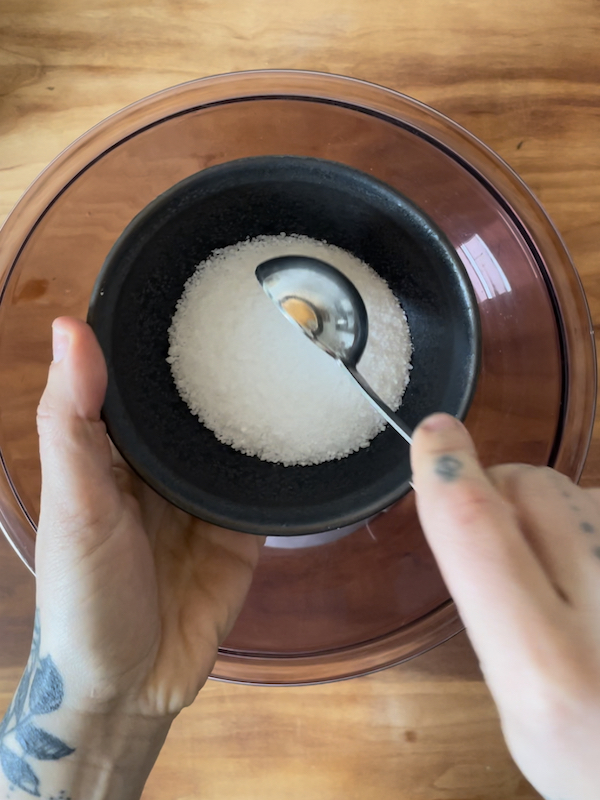
We get mordant questions all the time at Botanical Colors so why not create Mordant Monday??? Got mordanting questions? Email [email protected]
YOU ASKED: My mordant steps for cellulose fabrics after scouring are:
1. Tannin powder solution overnight
2. Aluminum acetate overnight
3. Calcium carbonate 15-30 minutes
If I am using alum acetate instead of alum sulfate, do I still need the tannin pre-soak step? I always thought alum acetate was the recommended alum for cellulose and alum sulfate for animal fibers.
Do they work equally well or is alum acetate still the best cellulose mordant?
KATHY ANSWERED: Tannin is always a great bonus to any cellulose-mordanting, whether it’s aluminum sulfate or aluminum acetate. Aluminum acetate is the recommended mordant for cellulose, but you can get great results with the traditional mordant process, which is a tannin bath as you are describing, and then aluminum sulfate + soda ash cold water bath. The tannin and aluminum sulfate process was the standard method of mordanting cellulose before aluminum acetate was available commercially. The end result in terms of color yield is quite similar, so you can choose the method that works best for you.

I use Alum Acetate (no Tannin, no CaCO3) @ 25% (12.5% recharge). no rinse, dry in the sun (if possible) then rinse. (then proceed to use the wet fabric or dry for storage) I learned this method from Irit Dulman. It is her method of mordanting for eco-printing. It works beautifully for eco-printing and natural dyeing cellulose fibers and fabrics. I have done side-by-side comparisons of the Tannin + AlAc vs AlAc alone and found no difference immediately or over time on cotton & linen. Best, Sarah
Thank you Sarah, for this information. We’ll give it a try!